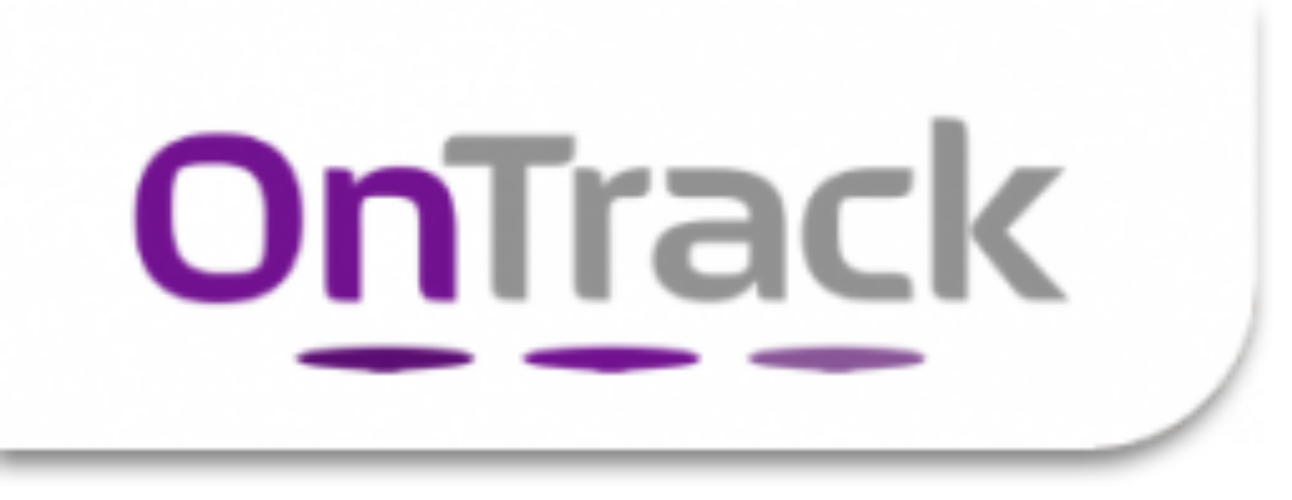Creating certainty in an uncertain world
At the highest point on top of the Royal  Observatory in Greenwich, London there is a ball. This ball provided the mariners of old with a vital piece of information that would ensure a successful voyage – accurate time.
Observatory in Greenwich, London there is a ball. This ball provided the mariners of old with a vital piece of information that would ensure a successful voyage – accurate time.
The ball’s purpose was guided by science and the latest, greatest thinking, to create something that everyone could easily understand. The translation of science into something really simple and highly effective.
At 1pm every day the ball would be dropped so that mariners could set their time by it. Before setting sail from London, this was a ritual that they chose to ignore at their peril.
It was a constant for them that provided certainty; certainty of time that could be used to accurately measure location and that in turn was often the difference between life and death.
What’s your ball?
These days the phrase “dropping the ball” has more onerous connotations. It is synonymous with things going wrong. So let’s think of this ball as the levels of certainty that are present in your company.
Why certainty matters.
Certainty is the degree of belief that something is true. It matters in business on a number of levels, particularly when it comes to making decisions. Which project should you sign off? Which person should get the job/promotion? Which innovative idea is worth funding? From a consumers’ perspective, will I buy from you? Will I recommend you?
From a leadership perspective, in increasingly uncertain times, what certainty do you offer your employees? And how do you show it?
Here’s an example;
Your manager is leading a tele-conference call with you and the team. She is running a bit late and the call, which was due to start at 10.00am, finally starts at 10.08am. How many reasons can you find to explain why your boss was late on to the call? In that 8 minutes your manager has inadvertently created uncertainty in the minds of every one of the team – I know that she didn’t mean to, but in the absence of information the brain starts to fill in the gaps.
The problem is that 8 minutes of gap-filling, compounded by the collective concerned minds of the whole team – our brains are really good at filling gaps with worse case scenarios – mean that you have a lot of uncertainty right at the very start of the call.
The science behind this is fascinating. The brain perceives uncertainty as a threat, which sparks the release of cortisol, a stress hormone that disrupts memory, depresses the immune system, and increases the risk of high blood pressure and depression… not good. As Travis Bradberry, co-author of Emotional Intelligence 2.0 states;
“We crave certainty. Our brains are so geared up for certainty that our subconscious can monitor and store over two million data points, which the brain uses to predict the future. And that isn’t just a neat little side trick—it’s the primary purpose of the neocortex, which is 76% of the brain’s total mass.”
For leaders, the simple version is to deliver certainty by creating safety.
Watch out for these
A lack of certainty often leads to a lack of safety. How certain are you that these things do not happen in your company:
- People often quote rules and regulations as reasons for their actions, because they may get in trouble if they don’t follow them.
- People expend time and energy on activities that protect themselves instead of spending time and energy on combining their talents.
- People rarely share ideas and opinions about ways to improve.
- People believe that their leaders are more likely to sacrifice their staff to protect their own interests.
- People believe that leadership is a rank, not a choice.
When the reverse of these is true, people feel safe. When people feel safe they are more open to trust and co-operation. Imagine your company where people trust each other and freely co-operate “because they would have done it for me”.
As the saying goes, “Time, and tide, waits for no man”. Don’t wait to make the changes you need to make that will deliver more certainty for your employees and your customers.



